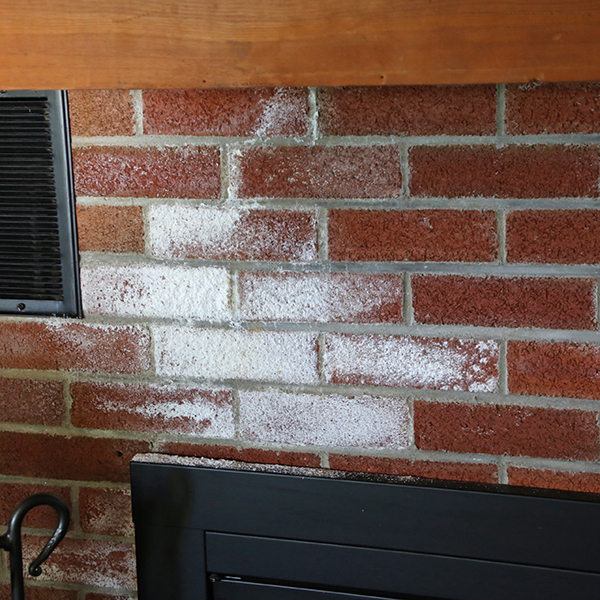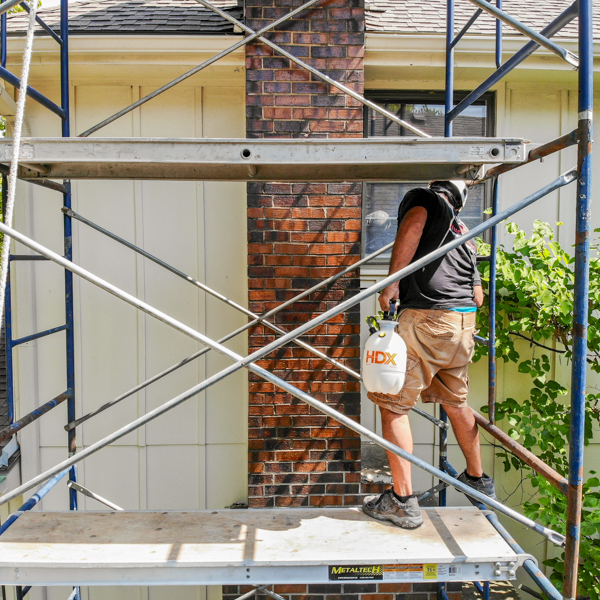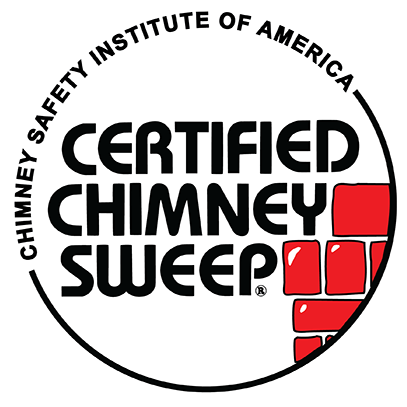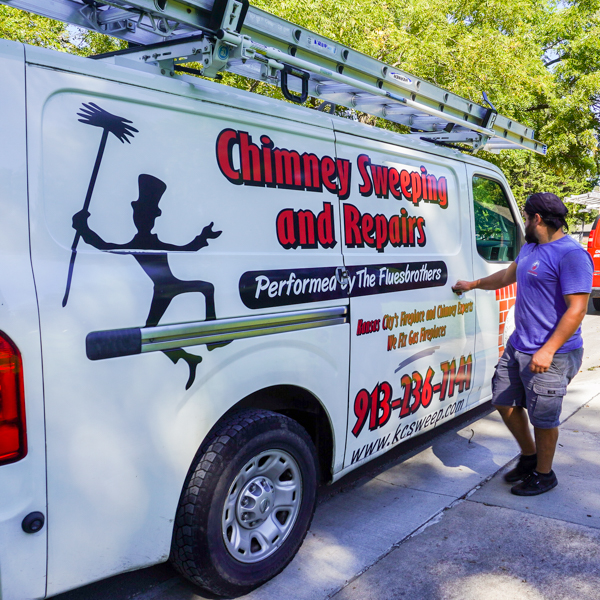The Best Tips for Off-Season Fireplace and Chimney Maintenance
There isn’t a lot of use for your fireplace in the summer, but you need to take some important steps in order to make sure that the chimney and fireplace are ready during the return of cold winter. In order to make sure that the fireplace and chimney are ready during the return of the cold weather, consider these safety issues. It is especially important to consider that a poorly maintained fireplace can be hazardous to everyone. Aside from a chimney sweep, you need to do your part in making sure that you are able to maintain the chimney all year round.
If you want to know more about the best maintenance tips during the off-season, read on.
Schedule an Inspection
A professional chimney sweep can check your fireplace, so they can look for signs of damage, wear and tear, inefficiency, moisture leaks, blockage, cracks, and more. It can be difficult to discover the damage inside the chimney flue without helping a professional. Being unable to detect even a tiny crack in the lining could lead to a house fire because of the intense heat from the fireplace that reaches combustible parts of the home.
Chimney Cleaning
As indicated, wood fire smoke leaves a bit of residue in the chimneys. A lot of the homeowners are surprised to find out how sticky creosote can get that it clings to the inner walls after only one season. Chimneys that have not been inspected for several years may have a build-up level of that, and it could cause a fire.
Aside from smoke residue, chimneys normally wind up with debris like leaves, bird nests, and twigs. The obstructions can cause a serious problem with the airflow and it provides fuel to fire If you do not take care of it.
Make Sure the Damper is Closed
If you own a wood-burning one, you have to make sure that the damper is closed when you are not using the fireplace. One of the things that a damper does is it seals of airflow between your home and the chimney. When a damper is unable to seal properly, the effect can be similar to having an open window inside your home all the time. Costs of energy are a lot higher when the summer air conditioning and winter heat escape through the chimney. A damper also prevents critters from going into your home through the chimney. If your fireplace uses gas, experts recommend that you should keep the damper open at all times so you can prevent gas buildup in case of a gas leak.
Replace or Install the Chimney Cap
You should incorporate a strong defense when it comes to fireplace maintenance, and that is a chimney cap. This reduces the damage caused by water to a chimney and wildlife. Snow and rain will enter an uncapped chimney and it will freeze and thaw, which causes damage and expansion. Small wildlife might nest in chimneys, which clogs them and it will potentially introduce ticks, worms, fleas, as well as other pests that cause diseases. A chimney cap that has a screen mesh is going to keep animals out while protecting your roof from sparks and embers.
You Need to Upgrade
Without needing to invest a lot, there are a lot of ways if you want to upgrade your fireplace’s efficiency. The fireplace liners and glass doors are only two of the best ways to get more out of it.
You can contact chimney inspection Upper Marlboro if you need professionals to come by and check your chimney and fireplace.
The post The Best Tips for Off-Season Fireplace and Chimney Maintenance first appeared on First Class Chimney Services.
This post first appeared on https://www.firstclasschimneyservices.com

 What is Efflorescence
What is Efflorescence
 Look for a Certification
Look for a Certification
 The moisture problem
The moisture problem Why you should use a chimney sealant
Why you should use a chimney sealant
